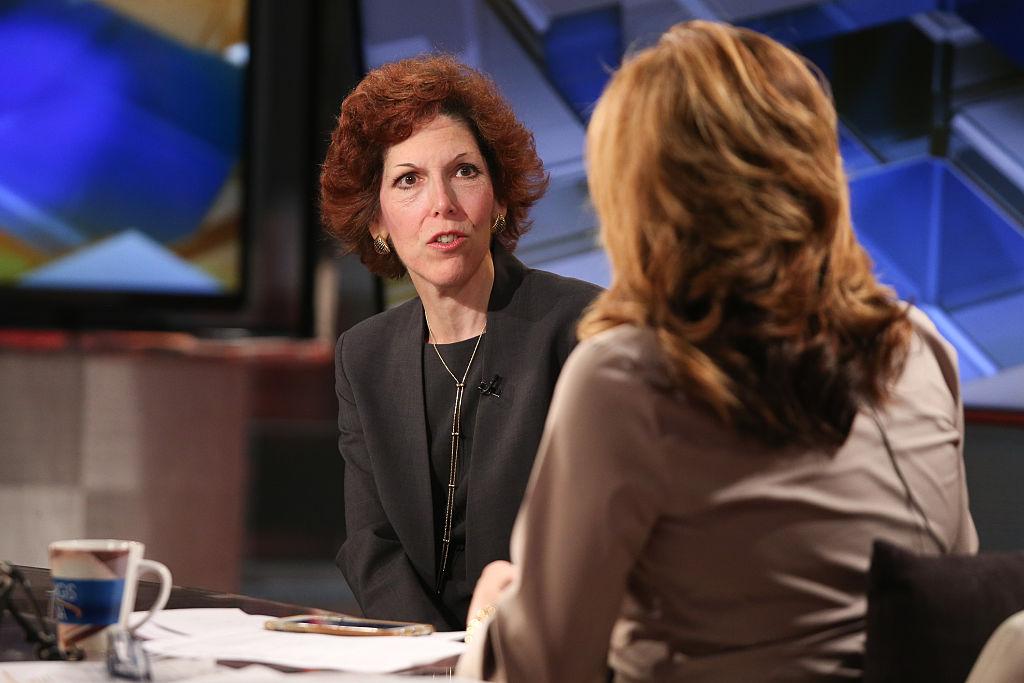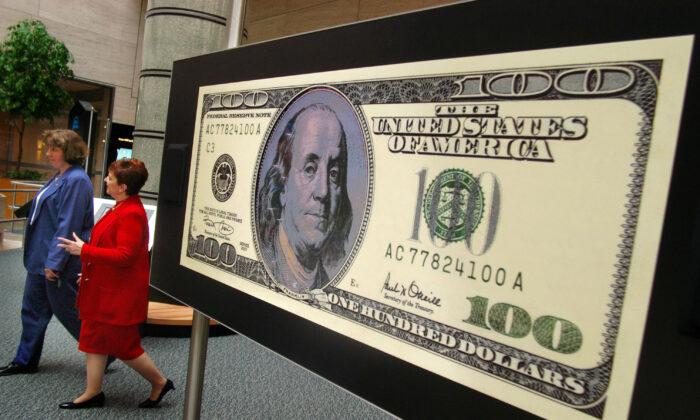Three top Federal Reserve officials said in separate interviews on Jan. 3 that they have enough confidence in the strength of the U.S. economy to favor maintaining the central bank’s current freeze on further interest rate cuts.
Cleveland Federal Reserve Bank President Loretta Mester, Dallas Federal Reserve Bank President Robert Kaplan, and Chicago Federal Reserve Bank President Charles Evans all said they’ve seen no justification to drop the central bank’s current “on hold” policy.


Weak Factory Data
The U.S. manufacturing sector fell into its deepest slump in more than a decade in December, showing weak factory output, orders, and employment.A reading below 50 indicates the sector is in contraction, and December’s reading marked the fifth straight month below that benchmark level.
The manufacturing sector had been under pressure for much of the second half of 2019, as tit-for-tat tariffs by the United States and China slowed the flow of goods between the world’s two largest economies and contributed to a cooling in the pace of global economic growth.
Last month, the two sides announced they had reached agreement on a “phase one” trade deal, and President Donald Trump last week said the accord would be signed Jan. 15 in Washington, and talks to cement a wider “phase two” deal would begin shortly.
“Global trade remains the most significant cross-industry issue, but there are signs that several industry sectors will improve as a result of the phase one trade agreement,” Timothy Fiore, chairman of ISM’s manufacturing business survey committee, said in a statement.
While ISM’s overall measure of activity in December was the lowest in more than a decade, Fiore said on balance, the contraction remains relatively shallow.
“It’s not super low,” he said on a conference call. “We’re still in that range of slight contraction to slight expansion.”
Worry About Low Inflation but No Drive to Cut Rates
On Jan. 3, the Fed released the minutes of its December interest-rate-setting meeting, showing that FOMC members are concerned about low inflation but confident enough in the U.S. economy to hold rates steady going forward.At a December meeting of the Fed’s policymaking body, officials voted to keep their benchmark interest rate in a range between 1.5 percent and 1.75 percent.
At three earlier meetings, committee members slashed the target federal funds rate by a quarter percentage point each time.
“Global developments, related to both persistent uncertainty regarding international trade and weakness in economic growth abroad, continued to pose some risks to the outlook, and inflation pressures remained muted,” the committee stated.
Remarks in the document echo those of Powell, who warned reporters that inflation running too cool for too long could sap sentiment and nudge the economy into a downturn.
He complained that “inflation continues to run below our symmetric 2 percent objective.”

Over the 12 months through October, a measure of core inflation—which doesn’t include food and energy prices, due to their volatility—was 1.6 percent in the United States.
Still, the FOMC saw enough signs of economic strength to hold the benchmark rate steady. The minutes show that members expected sustained economic expansion, a resilient labor market, and inflation near the committee’s symmetric 2 percent goal as likely outcomes.
The committee said it would continue to monitor the economic outlook, including labor market conditions, inflation expectations, and readings on financial and international developments.
Powell signaled the Fed’s readiness for decisive steps in case of future softening.
The Fed and Mortgage Rates
The Fed has a dual mandate to foster price stability and maximum employment, which it aims to achieve through three tools of monetary policy: open market operations, the discount rate, and reserve requirements.Using the three tools, the Fed influences the federal funds rate, which is the interest rate at which banks and other depository institutions lend balances they keep at the Fed to other banks and institutions overnight.
It’s a misconception that the Fed sets or directly affects mortgage rates. The federal funds rate has only an indirect impact on the cost of home loans, which is moderated by markets.
A comparison of a decade of federal funds rates, U.S. 10-year Treasury maturity rates, and mortgage rates shows a high correlation between the latter two. In contrast, the Fed-driven interest rate curve has a markedly different shape.

Mortgage Rates Drop
The United States’ long-term mortgage rates declined slightly last week, remaining close to historically low levels.Mortgage buyer Freddie Mac said Jan. 2 the average rate for a 30-year fixed-rate mortgage eased to 3.72 percent from 3.74 percent last week. The benchmark rate stood at 4.51 percent a year ago, from a 10-year peak of 5.21 percent in April 2010.
The average rate on a 15-year mortgage slipped to 3.16 percent from 3.19 percent.







